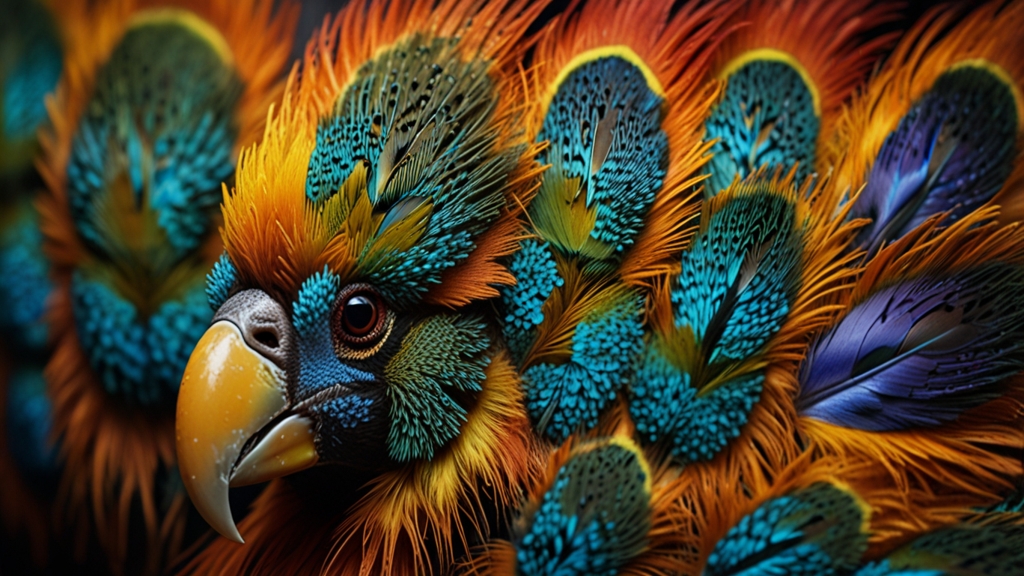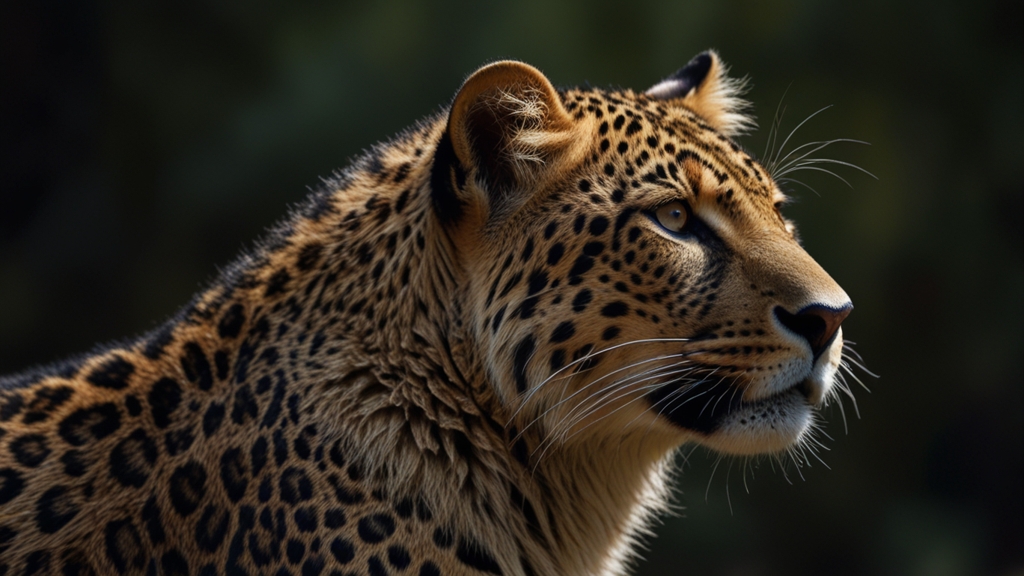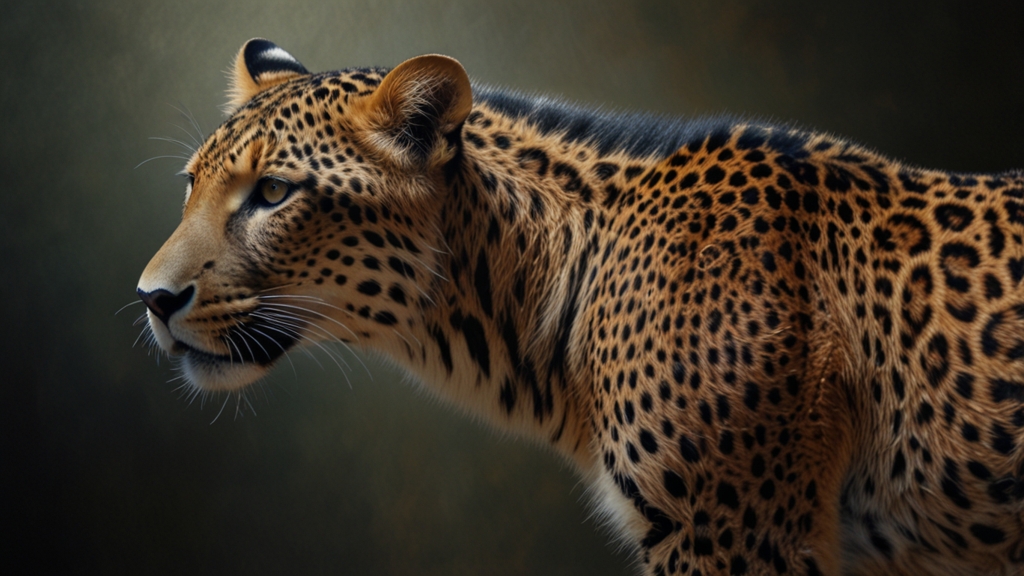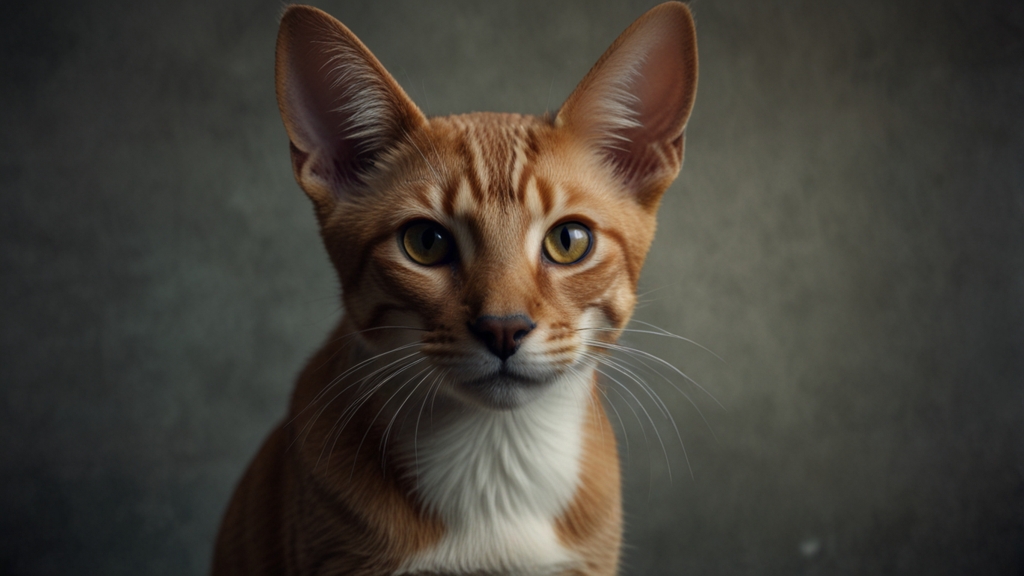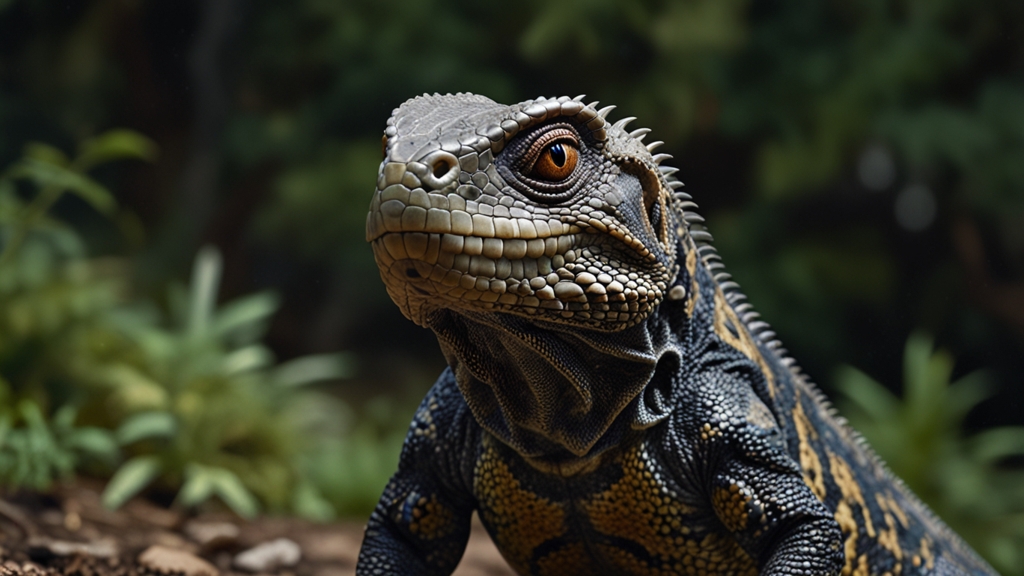The Amazing Beauty of Bird Plumage: Nature's Fashion Show
Imagine walking through a dense, verdant forest early in the morning. As the first rays of sunlight pierce through the canopy, a myriad of colors dances around you. With each step, a flash of iridescent blue here, a burst of fiery red there, and the soft glow of golden yellow catches your eye. This is not the work of an artist with a palette but the remarkable spectacle of bird plumage—a true testament to nature's extraordinary ability to showcase beauty and diversity.
A Symphony of Colors
Birds are perhaps best known for their vibrant and often dramatic plumage. From the resplendent tail feathers of the peacock to the understated elegance of a swan's white plumage, birds have a way of capturing our imagination and stirring our admiration. These feathers serve various roles, from attracting mates to providing camouflage, but they also stand as a symbol of nature's artistry.
"Colors are the smiles of nature." ― Leigh Hunt
Adaptation and Evolution
Bird plumage is more than just a visual delight; it is a marvel of evolution. Many bird species have developed highly specialized plumage to adapt to their environments. For example, the arctic ptarmigan changes its feathers from brown in the summer to white in the winter, offering perfect camouflage against the snowy terrain. Meanwhile, tropical birds often display richly colored feathers, an adaptation evolved to help them stand out in dense forest environments where visual signals are crucial for survival and reproduction.
The Science Behind the Colors
The colors of bird feathers are produced in various ways. Pigments like melanin can create black, brown, and earthy tones, while carotenoids produce reds, oranges, and yellows. Some of the most stunning feathers are iridescent, changing color based on the angle of light, thanks to microscopic structures that reflect light in unique ways. This phenomenon can be observed in birds like hummingbirds and starlings, whose feathers seem to shimmer and change color as they move.
Cultural Significance
Bird plumage has always held significant cultural value across various human societies. In many cultures, feathers are used in rituals, art, and ceremonies. Native American headdresses, for instance, often feature eagle feathers, which symbolize bravery and spiritual connection. In the fashion world, bird feathers have been used in haute couture, although ethical considerations now discourage their use.
"The feather, whence the pen was shaped, that traced the lives of men." ― James Montgomery
Conservation Efforts
While the beauty of bird plumage is something to celebrate, it also underscores the need for conservation. Many bird species are at risk due to habitat loss, climate change, and human activities. Feathered creatures like the critically endangered Philippine Eagle rely on conservation efforts to survive. By appreciating the splendor of bird plumage, we are reminded of our responsibility to protect these magnificent creatures and their habitats.
Conclusion
The amazing beauty of bird plumage is a vivid reminder of nature's unparalleled fashion show. The next time you spot a bird fluttering its wings, take a moment to appreciate the artistry and evolution behind each feather. It is a small yet profound way to connect with the natural world and acknowledge the intricate web of life that makes our planet so wondrously beautiful.
"Birds teach a great life lesson. All you have to do is listen to their song." ― Unknown
Whether you're an avid bird-watcher or someone who occasionally marvels at the sight of a cardinal in your backyard, the stunning diversity and elegance of bird plumage offer endless inspiration and a reminder of the natural beauty that surrounds us.
